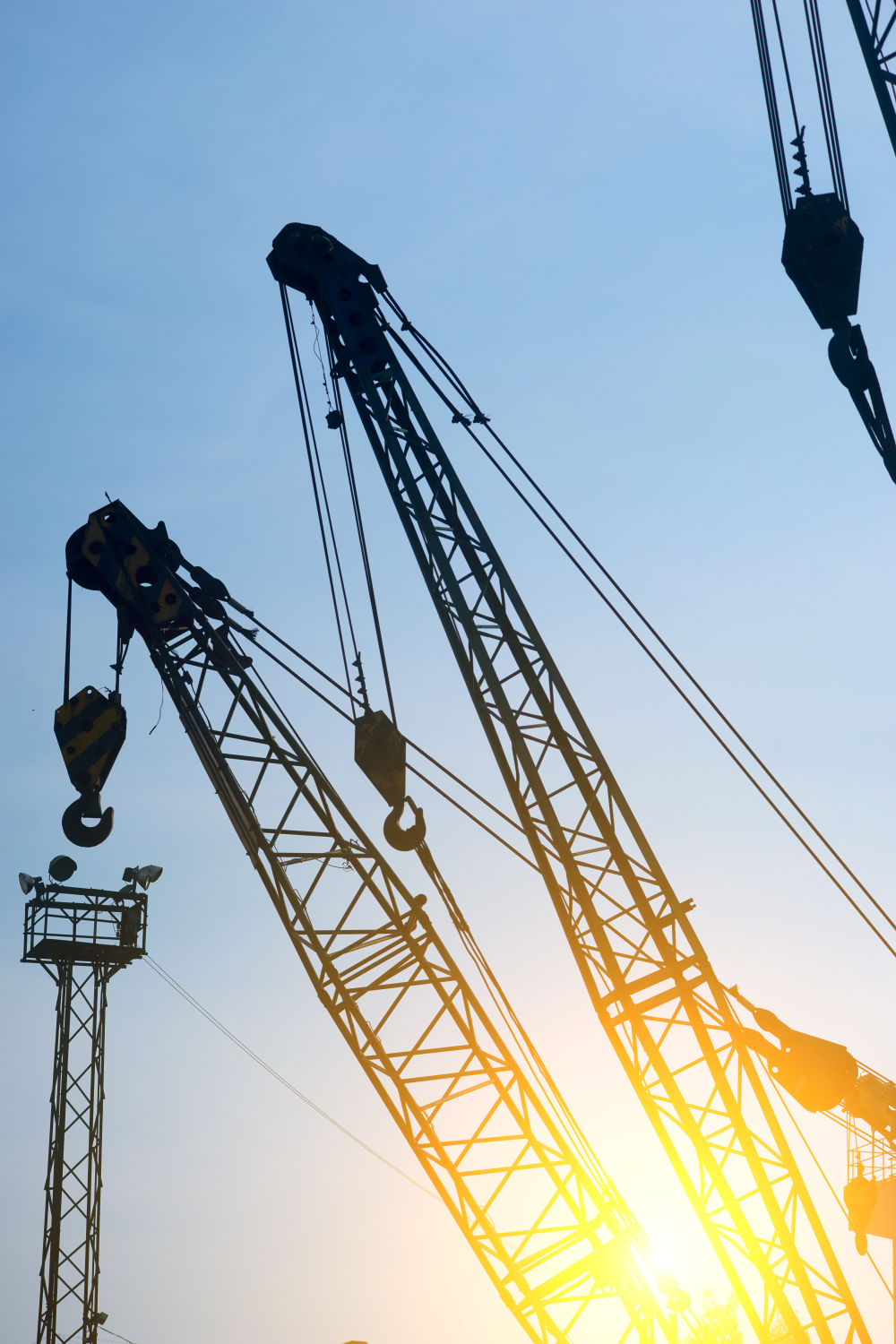 Because they can move massive materials that are too big for human labor, cranes are in high demand. This has been boosted by increasing industrialization and urbanization.
Because they can move massive materials that are too big for human labor, cranes are in high demand. This has been boosted by increasing industrialization and urbanization.
Manage the rental process and ensure inventory is accounted for correctly with DynaRent, equipment rental software embedded in Dynamics 365 ERP. This software makes tracking availability easy, preventing revenue loss through mismanaged inventory and handling complex contracts.
Table of Contents [Hide]
Cost
Construction Cranes for Rent offers a convenient and cost-effective solution for various construction projects and industrial endeavors. By eliminating the need for substantial upfront capital investment, crane rentals allow businesses to access the necessary equipment without incurring additional ownership costs, such as transportation, maintenance, and storage. However, navigating the complexities of crane rental pricing requires careful consideration of several vital factors. One of the most significant determinants of crane rental rates is the type of crane needed for the project. Different types of cranes are designed for specific tasks and offer varying lifting capacities, reach, and maneuverability. Each type comes with particular specifications and capabilities, from small carry deck cranes to large tower cranes. Knowing these variations, you may choose the most suitable crane for your requirements without compromising functionality.
Other key variables that impact crane rental rates include location, duration of rental, and additional services. To ensure optimal equipment availability, consider using software like DynaRent that provides real-time visibility on the status of your cranes. By doing this, you better manage your inventory and steer clear of problems brought on by under- or overbooking.
Safety
Cranes are dangerous equipment to operate and should only be used by qualified individuals. While the three most common accidents with cranes and derricks in construction involve contact with electric lines, other hazards can also occur to employees. These include improper operation, not following safety protocols, and mismanaged inventory.
Many stakeholders compared operator certification to a learner’s permit to drive a car and cautioned that an employer must weigh multiple factors when determining whether or not an employee is competent to operate the specific crane on which they are assigned. These evaluations typically include daily informal observations by supervisors and other workers and the standardized testing required for operator certification (Report No. 21 of ID-0473).
The giant cranes, often reaching several hundred feet in height, are known as tower cranes. These massive machines cannot be transported in entirely constructed form, so they are shipped to building sites in smaller parts. They are then assembled on-site.
Capacity
Depending on the weight of materials and how high they need to be lifted, a crane is suitable for each type of construction project. Some cranes are designed for permanent solutions like modular building or vehicle construction, while others can be moved around the job site as needed.
Using a crane rental service can save money in several ways, including reducing liability issues. Having trained technicians on-site to ensure all safety protocols are followed minimizes the risk of accidents or damage. In addition, using a crane prevents workers from lifting heavy materials by hand, which could lead to back injuries.
A good crane rental service will help you keep track of your inventory and avoid overutilization. A solution for equipment rental management will provide consolidated invoicing, automated payment systems, and contract management. It will also allow you to invoice hourly, eliminating overutilization and ensuring the total price paid for each day is correct.
Flexibility
The flexibility of crane rentals allows them to quickly adjust to changing demands in construction projects. This makes them a powerful solution for companies looking to save time and money without the headaches of investing in their equipment.
Choosing the right crane for the job is essential, as it can make or break a project’s success. Remembering the load, height, and distance requirements will help determine which crane type is best. Rough terrain and site conditions can also play a role, as can the accessibility of a location.
A good crane rental service will guide you in selecting the right equipment. This can avoid costly mistakes such as mismanaged inventory and missed inspections. In addition, a reliable service will offer rapid turnaround and customer support. These features will allow your company to focus on its core business, safe and efficient project completion, and minimize operational complexities. Moreover, they can reduce the risk of losing revenue by eliminating the upfront costs and maintenance expenses associated with ownership.







